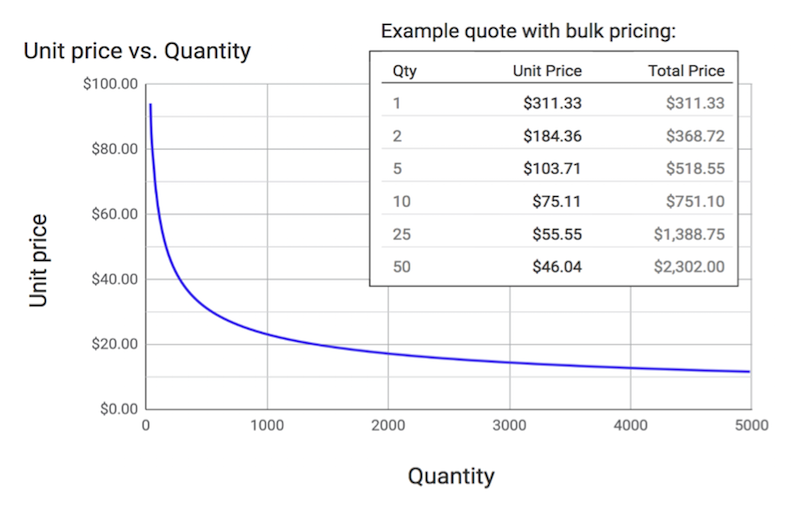Welcome to Sino Bearings web
24x7 HOTLINE:+86-28-81454188

 TECHNOLOGY
TECHNOLOGYCNC machines are a powerful workhorse when it comes to performing a diverse set of engineering and manufacturing processes. From injection molding plastic bottles to machining aerospace components – there is nothing that a CNC machine cannot achieve. Equipment like tabletop milling machines can single-handedly deliver economies of scale, making them an indispensable element of your workshop.
However, given its versatility, it can be confusing to know when to use which tool while operating a CNC machine. Luckily, we have a comprehensive guide on choosing the right machining tools.
1. Assess the Existing SetupBefore you get ready to make changes to your CNC machine, start by evaluating your existing tool setup. Test out the functioning of the machines to see whether they can deliver the desired results. Look for any performance gaps and map them against the machine lifespan. Perform cost analysis of using the current machines and tools versus the cost of replacing them.
Most importantly, in addition to examining your CNC machine, gauge the proficiency of the operator and their corresponding experience to have a more holistic outlook. In some cases, their skills could be the greatest limitation that restricts your manufacturing capacity. Hence, you may discover new capabilities within your existing floor setup simply by upgrading your operator!
2. Part Design and Complexity
Part design, size, and complexity are some of the key controlling factors that dictate the use of certain CNC machine tools over the others.
When working on simpler designs, you could stick to something as basic as a lathe. However, if you are manufacturing parts for critical industries such as defense, automotive, medicine, and aerospace, you may have no margin for error. As a result, they may require highly advanced CNC milling machines to maintain greater accuracy, reliability, and repeatability.
These machines are often compatible with a wide range of spindles that can cut, bore, shape, turn, or maneuver parts across multiple axes.
3. Nature of Raw MaterialWhile part design and complexity concern the final finishing of the workpiece, the nature of the raw material determines the required horsepower, spindle speed, torque, and tool type during the machining process. Of course, the effort that goes into cutting aluminum would not be the same that is required while cutting hardened steel. CNC machine tools can work on almost all materials ranging from wood to titanium.
So choose a tool that complements the rigidity of the material and offers a good amount of tolerance to maintain performance, durability, precision, and load-bearing capacity. Apart from the physical properties of the feed, the cutting conditions also play an influential role in the machining process.
4. Type of CNC Control SystemWhile choosing the right tools for your CNC machine, you also need to match it with the right set of CNC controls. And this is where the CNC control system enters the picture. Your CNC control system is a powerful terminal that can carry out everything, from automation to switching tools to changing axis during production.
Rather than settling for a big, fancy-looking screen that offers minimum value, prioritize features like reliability, software stability, user-friendliness, and effectiveness of the control system.
5. Average Cost Per Part
Simply investing in an expensive or high-value CNC machine does not guarantee that you will make instant profits. The same applies conversely as well.
To figure out whether the production process is actually raking in any profits, one needs to accurately calculate the cost per part, which includes the variable, fixed, and hidden costs that come into play.
The fixed cost could be in the form of initial capital investment, machine depreciation value, interest on loans, etc. On the other hand, the moving component encompasses the material cost, labor cost, maintenance cost, equipment servicing cost, spare part costs, tooling costs, etc.
Finally, the hidden cost could be any monetary or non-financial losses, such as poor efficiency, delayed cycle times, performance issue, breakdowns, which could hurt your bottom line.
6. Space Available on the FloorWhen you are ready to make a new CNC milling machine a part of your workshop, you need to assess the amount of space it will occupy. Maximizing floor space utilization, minimizing physical movement of goods or operators, streamlining material flow, chip disposal, power supply availability, and room for further expansion are a few considerations that help manage safety, efficiency, and productivity.
Concluding ThoughtsChoosing the right CNC machining tool is the foundation of a project’s success. Hence, dedicate the time and effort to understand the project requirements and choose a tool accordingly. The “perfect fit” will grant you higher efficiency, improved job quality, enhanced accuracy, and greater profitability.
Getting familiar with the tools and their functionality can be a great start to making an informed decision while selecting the machine tool up for the task.
About the Author:
Peter Jacobs
Peter Jacobs is the Senior Director of Marketing at CNC Masters. He is actively involved in manufacturing processes and regularly contributes his insights for various blogs in CNC machining, 3D printing, rapid tooling, injection molding, metal casting, and manufacturing in general.